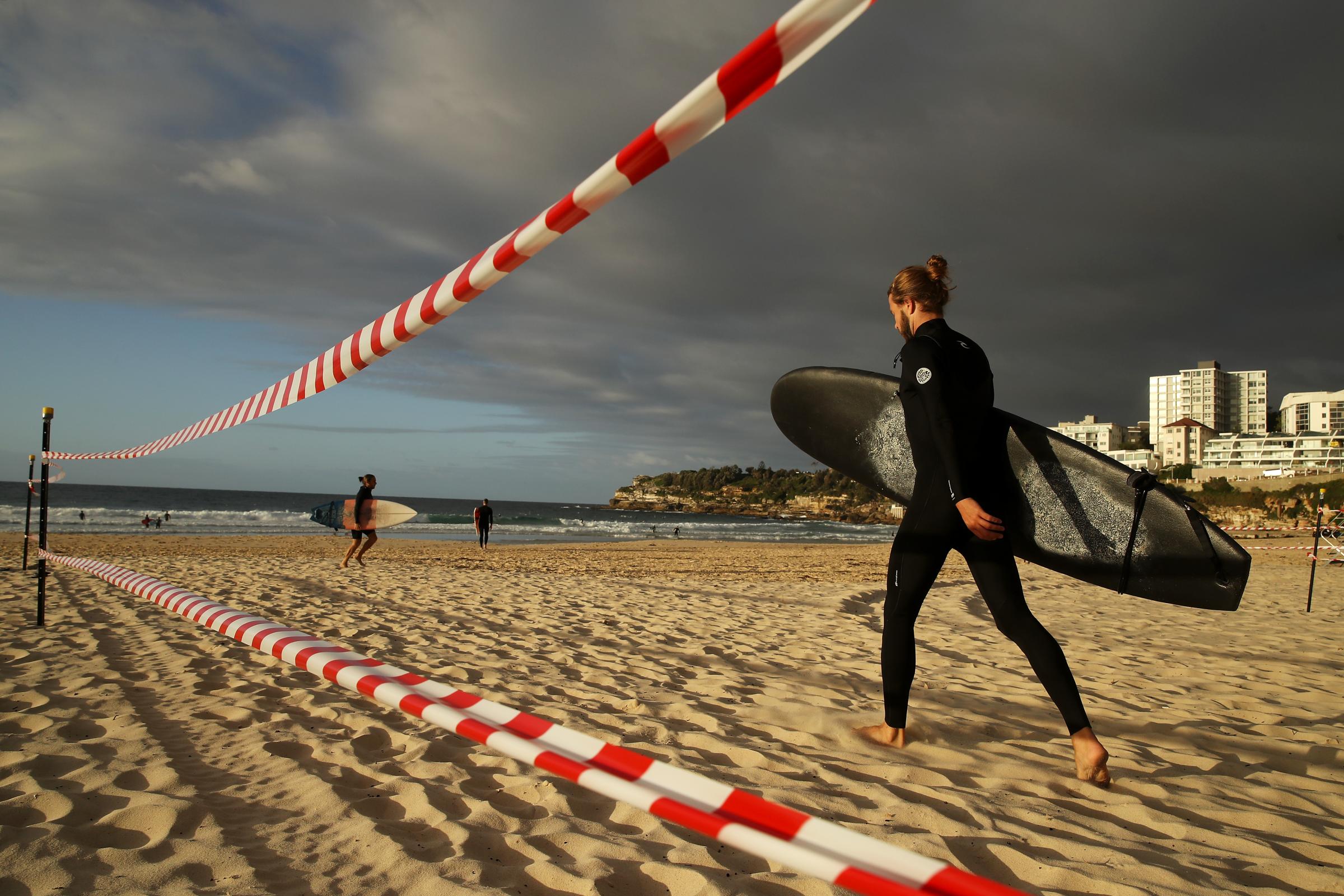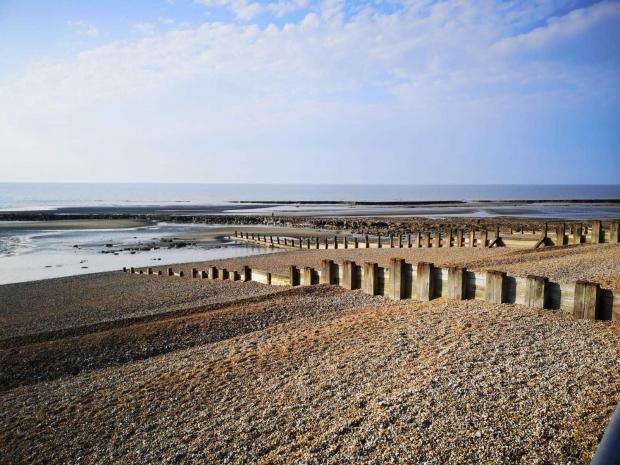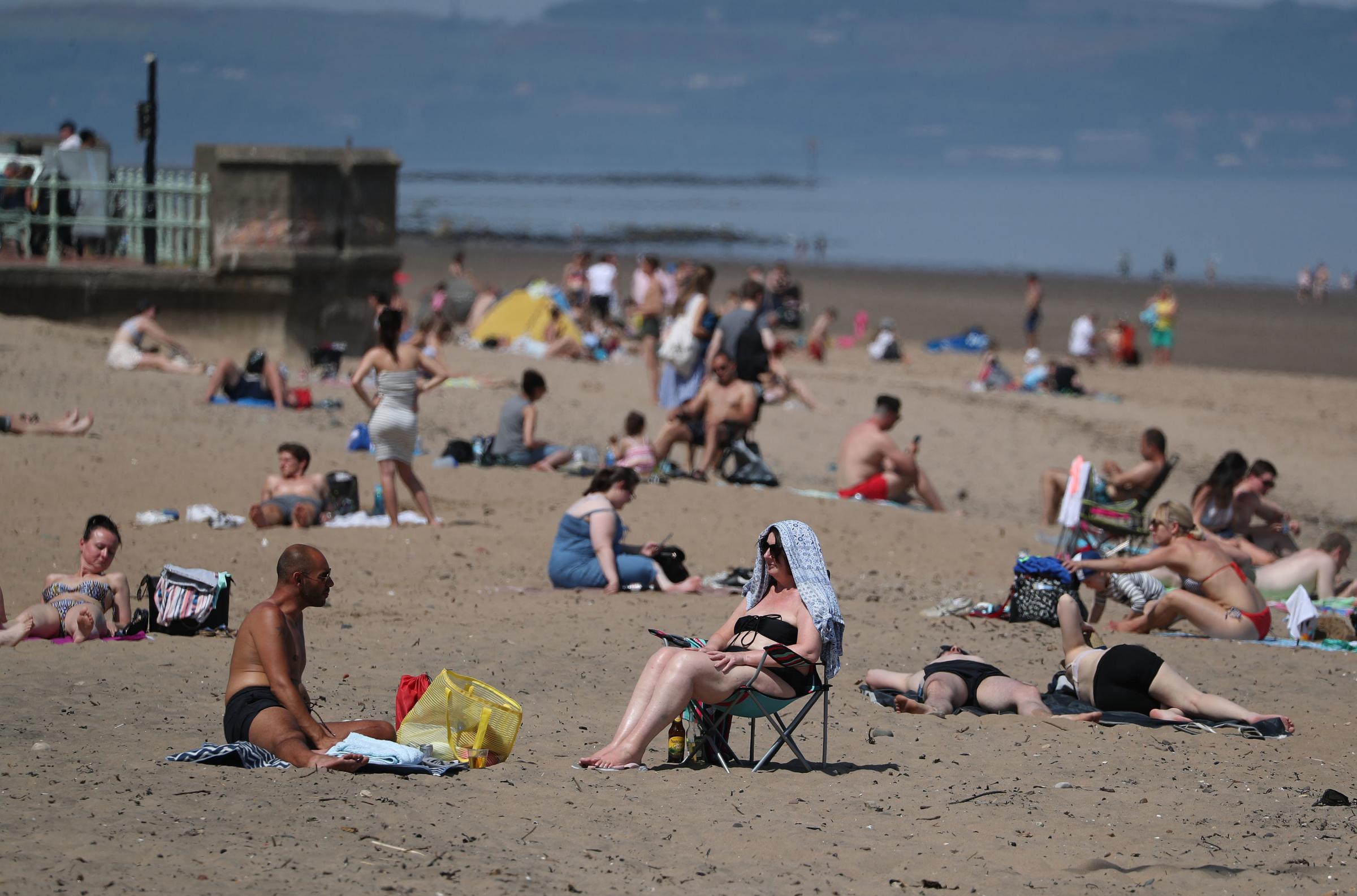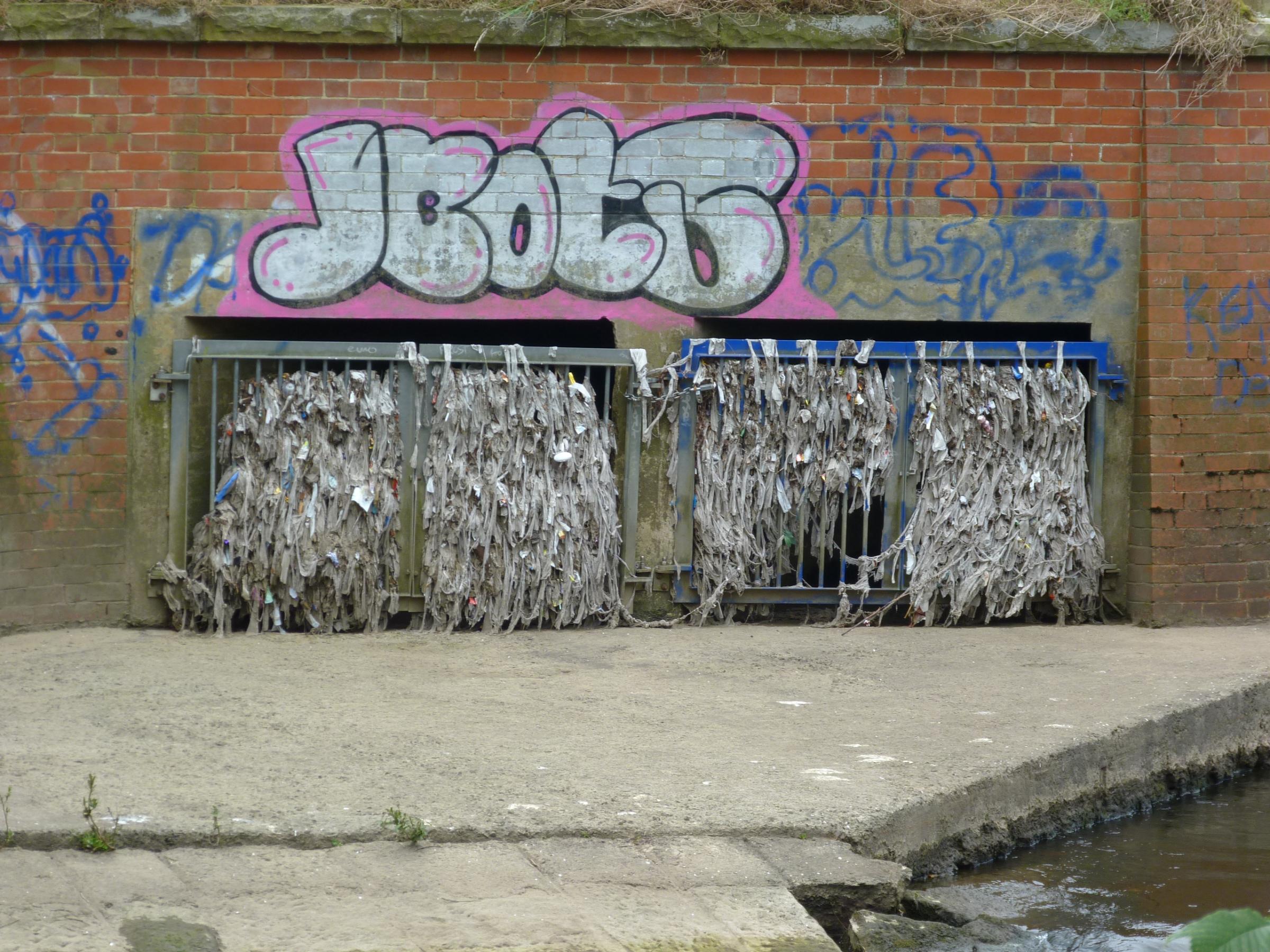
OUTRAGE over raw sewage being pumped into English beaches reached a fever-pitch this summer, with the country’s chief medical officer Chris Whitty warning human faeces appearing in water was now a “serious public health issue” for the UK Government.
Earlier this month, around 100 beaches were closed to swimmers during the peak summer season because untreated waste was pouring into the sea.
But while Scotland – with around 13,743 more kilometres of coastline than England – has seen some closures this summer, the mood has been markedly different.
A belief that Scotland’s waters are cleaner and so safer for swimming is widespread. But is it grounded in reality?
An overview of the most obvious data on bathing water quality superficially appears to show Scotland actually has poorer-quality bathing spots than England.
But this is only half the picture, according to one of the UK’s leading experts on water quality.

Scottish swimmers paddling in and around Scotland’s 18,743km coastline do enjoy cleaner water than those taking a dip down south, said Dr Simon Boxall, based at the National Oceanography Centre at Southampton University.
A question of monitoring
Looking at the monitored “bathing waters” in Scotland paints a slightly misleading picture of overall water quality in the country, he told The National.
Compared with England, Scotland’s monitored swimming spots are poorer quality: just 38% of the 85 identified locations were recognised as “excellent” according to EU standards, compared with 71% of those in England.
But the Scottish Environmental Protection Agency (Sepa) has more coast to cover and less money than its English equivalent, meaning monitoring was more “selective”, according to Dr Boxall.
Most of Scotland’s waters are not cause for concern, he said, meaning they did not need the same level of monitoring as takes place in England.
He added: “I would say Scotland does a better job [of monitoring] than England does.”

Sepa’s draft budget for this financial year shows it commands a budget of around £91.9 million, which is just over 5% of the Environment Agency’s spend of £1.6 billion in 2021-2.
“If we’re not going into some of the more remote parts, for example north-west Scotland, because there’s no need to, I know full well the beaches up there are phenomenally good,” he added.
“If they are focusing their efforts on areas which are likely to suffer from pollution, then they’ll get more positives – in terms of pollution – than if they are doing the fairly broad-sweep approach of looking at every 10km on the south coast of England.
“So, you are going to find patchiness – there are going to be parts of Scotland, if you look at the Clyde estuary for example where you’ve got a huge population, you’re going to have a higher level of pollution.”
Because of Sepa’s smaller budget than its English counterparts, they have to focus their work on “trouble spots”, said Dr Boxall.

“To be fair to Scotland, they’re actually not monitoring a lot of the areas which don’t need it,” he added.
“In England, they tend to take more of the, ‘we’ll do every, say 70km approach’.
“They’re bound to find more high-quality beaches because there are, particularly in the west coast of England, fewer potential inputs.”
How sewage ends up on the beach
Sewage normally flows to treatment plants to be made safe to be released into seas and rivers where it re-enters the water cycle.
But because it is carried by the same pipes which carry rainwater during storms, sometimes water companies release it before being treated because not doing so could see sewage flood streets which is even riskier for public health.
The controversy in England has stemmed from the fact that overflow spills have been happening even during sustained dry periods.
Politicians have blamed the Tories’ Environment Act, which last year scrapped fines for water companies for releasing raw sewage, saying this made them more likely to do so if they would not be punished.
Crunching the numbers
Scottish Water gave The National all of its data on every instance stormwater was released into seas and rivers in 2021.

The figures show that storm overflow events were recorded for 63,592 hours in 2021 in Scotland – or the equivalent of around seven years. In England, that figure was more than 2.7 million hours, a little over 308 years.
Sepa said Scottish Water will install event monitoring on combined sewer overflows discharging into designated bathing waters by December 2024.
A spokesperson added: “Scotland's natural environment is world-renowned. Our waters are at their best status on record and the best in the UK, including 99% of bathing waters meeting strict environmental standards in 2021.
“Sepa’s specialist teams take samples at all our bathing waters throughout the season, providing water quality information for all those who wish to visit. We work every day to protect and enhance Scotland’s stunning environment and we are committed to ensuring all of Scotland’s designated bathing waters meet water quality standards.”
A spokesperson for Scottish Water said it planned to invest half a billion pounds in the wastewater network, targetting further investment in plans aimed at “improving our monitoring, reporting our performance, and upgrading the worst-performing combined sewer overflows".







